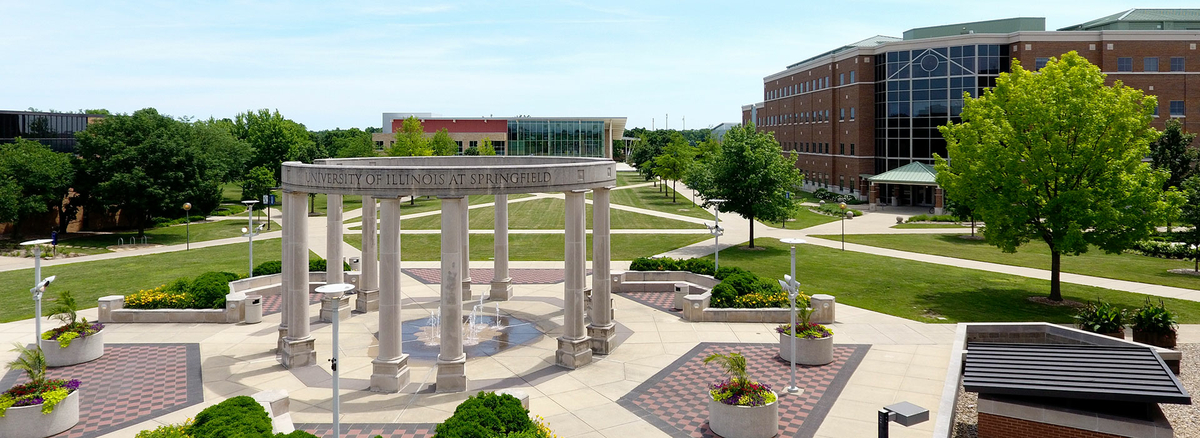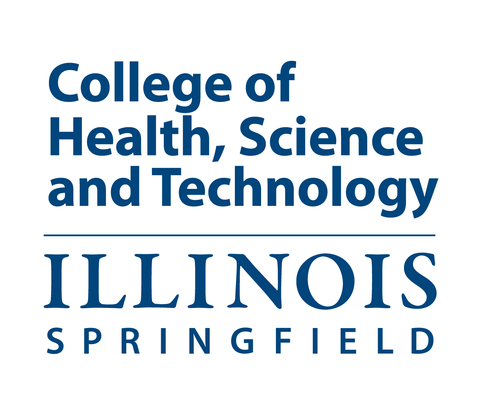In today's rapidly evolving workplace, the synergy between artificial intelligence (AI) and human creativity marks a new era of innovation and efficiency. Inspired by the insights of experts like Heather E. McGowan, who advocate for the augmentation of human potential through technology, we delve into how AI can complement and extend our capabilities rather than replace them.
Adapting to technological changes is becoming increasingly crucial, as these advancements offer personal and professional growth opportunities. The modern worker's confidence in leveraging technology to enhance their capabilities underscores a significant shift towards value creation in their roles. This shift is not just about adopting new tools but embodying a mindset of learning agility and adaptability, which are crucial for seamlessly integrating new technologies into our work.
The Reshaping of Work
The Fourth Industrial Revolution marks a significant shift in the nature of work, transitioning from the Information Era, where specialization was vital, to the Augmented Era, characterized by cyber-physical systems and the Internet of Things. This era demands a neo-generalist approach where learning to learn, adapt, and create new value across multiple industries becomes essential. Traditional questions like "What do you want to be when you grow up?" or "What is your major?" become less relevant as jobs evolve at an unprecedented pace. According to the Frey-Osborne model, we are moving towards a future where automation transforms nearly half of all tasks by 2033, necessitating a versatile, adaptive, and prepared workforce for continuous learning and career shifts across diverse fields. This transformation underscores the need for an education system and professional mindset prioritizing flexibility, continuous upskilling, and the ability to navigate multi-industry career paths.
The concepts of atomization, automation, and augmentation are pivotal in understanding how work is being reshaped. Atomization refers to breaking down tasks into discrete, manageable parts that can be outsourced globally to the most cost-effective provider. Automation involves assigning predictable and routine tasks to machines, leveraging technologies to perform them more efficiently than humans. Augmentation, however, represents the enhancement of human work through AI and machine learning, allowing humans to focus on creative, complex tasks that machines cannot replicate. This evolution signifies a shift from specialized roles to a more generalized, adaptable workforce where learning and flexibility are key. Embracing these changes means acknowledging that jobs will continuously evolve, with technology automating predictable aspects, while human creativity and adaptability become even more valuable in addressing complex challenges.
Self-Assessment (rate your level of agreement with each state) - Are you ready for the future of work?
- I feel prepared to adapt to technological changes and see these changes as opportunities for personal and professional growth.
- I am confident in using technology to extend my capabilities and contribute to value creation in my role.
- I possess the agility to learn and adapt, which helps me integrate new technologies into my work.
- I take active responsibility for my learning, especially in adapting to new technological tools.
- I believe my human skills, like empathy and creativity, are crucial and are complemented by technological advancements.
- I understand how the entity I work for creates value and how technology aids in this process.
The Unparalleled Value of Human Skills
The irreplaceable nature of empathy and creativity sets humans apart in the technological workplace. While technology can augment and enhance our abilities, it cannot replicate the nuanced understanding and emotional intelligence inherent to human interactions. Empathy and creativity drive innovation and problem-solving in ways algorithms cannot, highlighting the unique value of human skills in complementing technological advancements. This synergy between human intuition and machine precision underlines the critical importance of fostering these innate capabilities, ensuring that technology enhances, rather than replaces, the human element in our evolving workspaces.
To prioritize the development of creativity, empathy, and other uniquely human capabilities, it is essential to foster environments that encourage exploration, collaboration, and reflection. Education and workplace practices should shift towards holistic learning, integrating interdisciplinary approaches that blend arts, sciences, and technology, encouraging problem-solving, critical thinking, and emotional intelligence. Encouraging diverse experiences, promoting mentorship, and facilitating open dialogue about failures as learning opportunities can also nurture these skills. Emphasizing lifelong learning and adaptability, ensuring individuals are equipped to navigate and contribute to an ever-evolving digital landscape, is critical.
The Importance of Organizational Culture and Capacity
In the face of accelerated technological change, organizations must cultivate a culture prioritizing continuous learning and adaptability. This culture requires a shift from traditional, output-focused leadership to a model that values psychological safety and the input of ideas and efforts. Focusing on inputs allows for a more dynamic, innovative environment where fear is not a driving force, enabling individuals and the organization to thrive amidst rapid digital evolution. This approach fosters resilience and encourages the development of uniquely human skills essential for future success.
Creating a psychologically safe learning environment means fostering a space where individuals feel secure expressing ideas, taking risks, and embracing failure without fear of reprimand or ridicule. This environment requires acknowledging the limitations of traditional job descriptions, emphasizing cultural alignment in hiring, and valuing cognitive diversity. It is about hiring talented individuals and trusting them to navigate their roles, fostering a culture of continuous learning, and getting comfortable with the inevitable mistakes that come with innovation. This approach, central to gaining an adaptation advantage, asks: Are you prepared to embrace such dynamic change?
Conclusion
In conclusion, embracing the synergistic relationship between AI and human creativity involves adapting to technological advancements and recognizing the unique value that human skills bring to the table. By fostering a culture of learning and innovation, we prepare ourselves for a future where technology enhances our abilities, allowing us to achieve greater heights of creativity and problem-solving. This journey towards a harmonious integration of technology and human potential is not just about keeping pace with change but leading the charge in defining the future of work.
Sources:
Leonardi, P. M., & Neeley, T. (2022). The digital mindset: What it really takes to thrive in the age of data, algorithms, and AI. Harvard Business Review.
McGowan, H. E., & Shipley, C. (2020). The adaptation advantage: Let go, learn fast, and thrive in the future of work. John Wiley & Sons.




